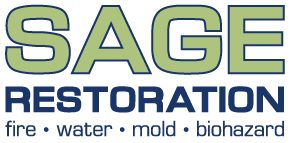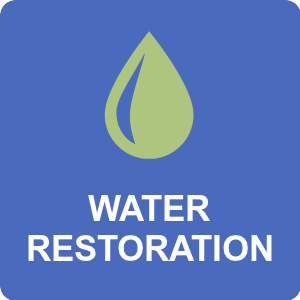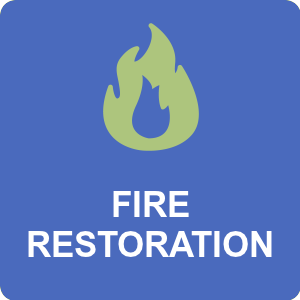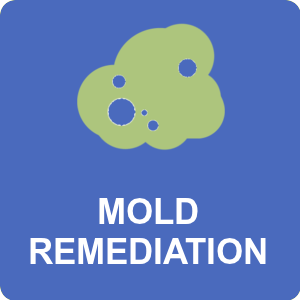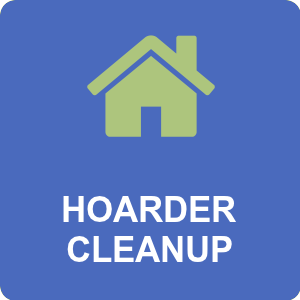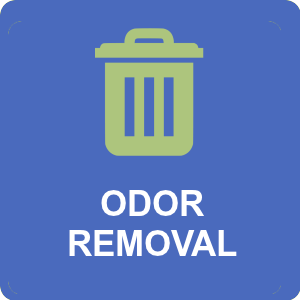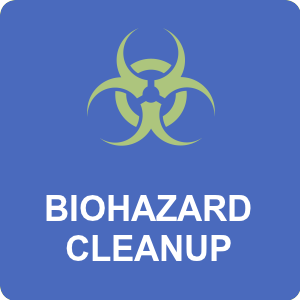Porous Contents: these contents are made of materials that easily absorb or adsorb moisture and are more subjective to mold or fungal growth. These are normally items made of cloth such such as textiles, upholstered furniture, leather items, documents, paper items. These items are normally not restorable and need to be disposed of although HEPA vacuuming or cleaning by a professional textile company may be adequate.
Semi-Porous Contents: these contents are materials that absorb or adsorb moisture slower than porous contents and less subjective to mold or fungal growth or moisture. These items can be wood framing, wood sub floors, drywall or concrete. These items are normally restorable using the correct cleaning methods but may need to be removed and disposed of or sealed with an anti-microbial sealant. The severity of the damage to the materials determines whether the content can be cleaned and restored properly.
Non-Porous Contents: these contents are materials that do not absorb or adsorb moisture or mold or fungal growth easily. These items consists of glass, plastic, metal some finished wood furniture, granite, marble or common bathroom fixtures made of porcelain. These items can normally always be cleaned and restored.
If you have contents that have been affected by water, fire or mold damage, it’s important that you consult with a professional remediation contractor such as Sage Restoration.
